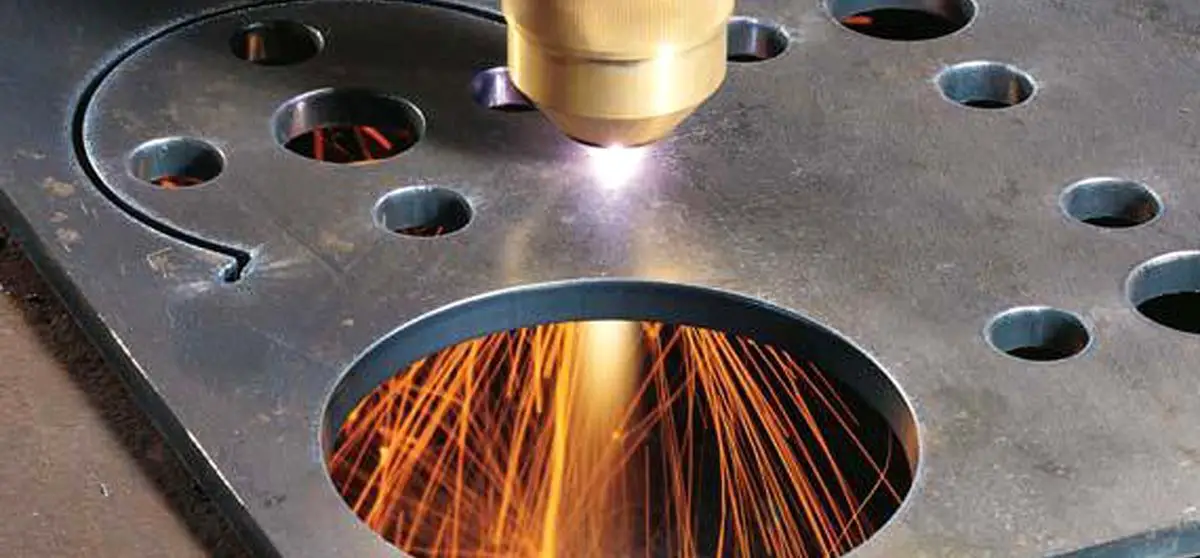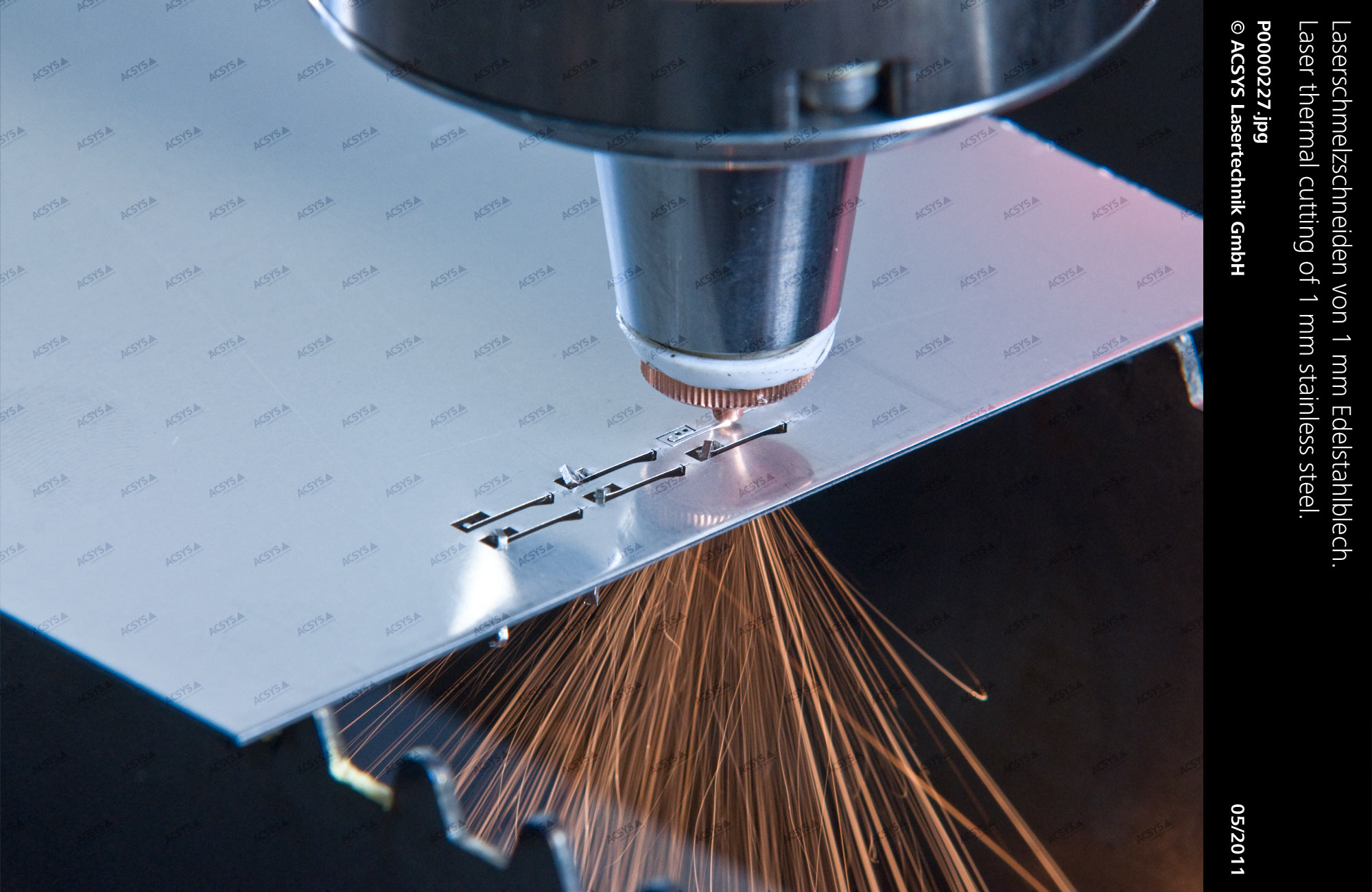Removing Oxidation From Laser Cut Steel

Manually finishing these parts he adds is quite difficult because of high labor costs inconsistent practices and odd shapes that are not easily manipulated.
Removing oxidation from laser cut steel. In order to effectively remove this recast a gentle electropolish is necessary. Removing the oxidised edge after laser cutting. This oxidation or scale left over from thermal cutting can cause problems for metal finishers and end customers alike. For example oxide can be removed before welding to strengthen the welds.
Stainless steel oxide removal. Laser cleaning is the best solution to remove oxide from aluminum. It can also be removed before several surface treatments such as before a coating process to prevent the paint from peeling off. Anyone who cuts steel parts with a co2 laser and uses oxygen as an assist gas is familiar with the strip also known as laser oxide that forms as a result of the process around the contour of the cut.
The oxygen causes an exothermic reaction that creates heat which helps the laser cut through the metal. Use the sponge to rub away any light oxidation from the surface of your aluminum coated furniture. Fabricators typically use oxygen as an assist gas during laser cutting of mild steel. By gf lasers aug 17 2017 blog.
Mix 1 quart of white vinegar with 1 quart of water in a bucket. Laser oxide scale removal. Figure 3d shows a stainless steel part that has been electropolished after laser drilling. In addition not as much pressure is required to feed the oxygen to the cutting head.
The cleaned parts clearly show the melted recast material around the cut and no gentle cleaning will remove this. Ox 15 liquid descaler. Oxygen is excellent for cutting mild steel as it actually speeds up the cutting process and allows cutting. Laser assist gases are used at the point where the laser cuts the metal and most laser cutting companies use either oxygen or nitrogen as the assist gas.
The oxides adhere poorly to the metal when painted which then causes paint to chip and flake. For manufacturers this can really result in a part of poor quality. Carbon oxide is formed on the edges of parts when gas is introduced during the thermal metal cutting process. Step 3 apply a quarter size amount of fine cut automotive rubbing compound designed for use on aluminum onto a terry cloth rag.
As laser and plasma cutting are much more cost effective than die cutting it is quickly becoming the norm for part.













































